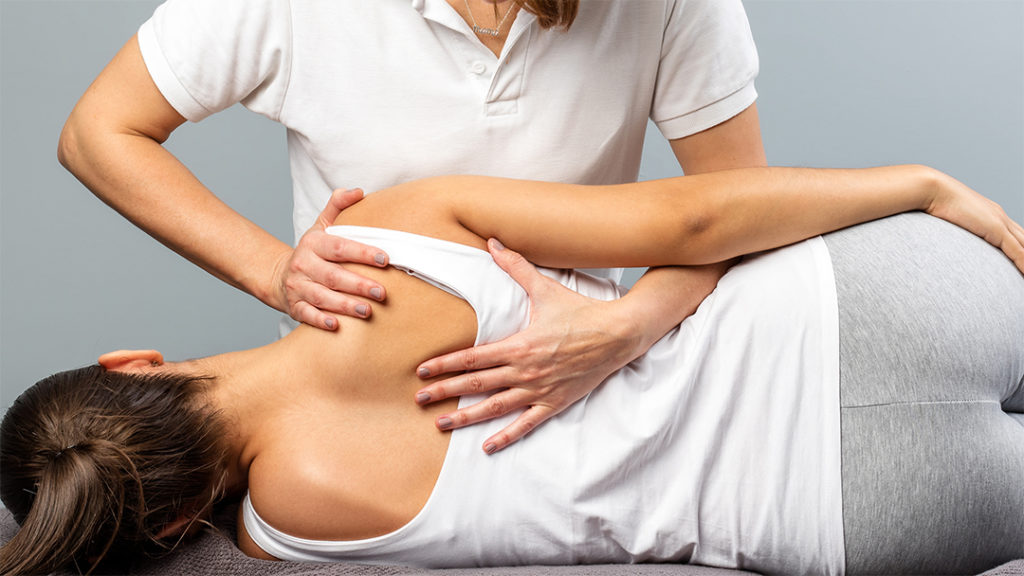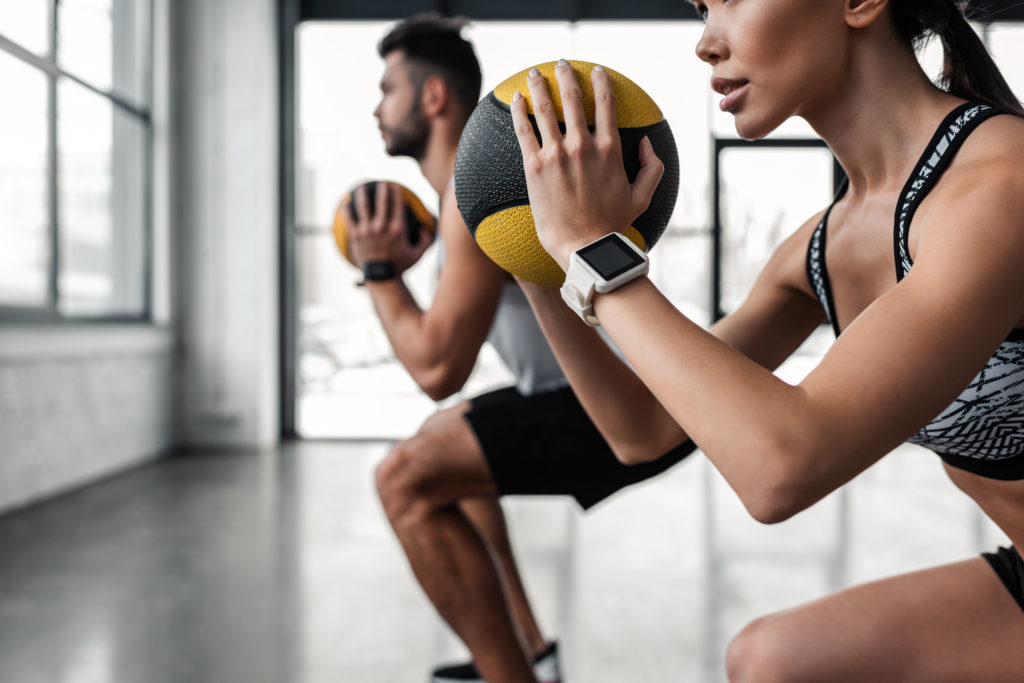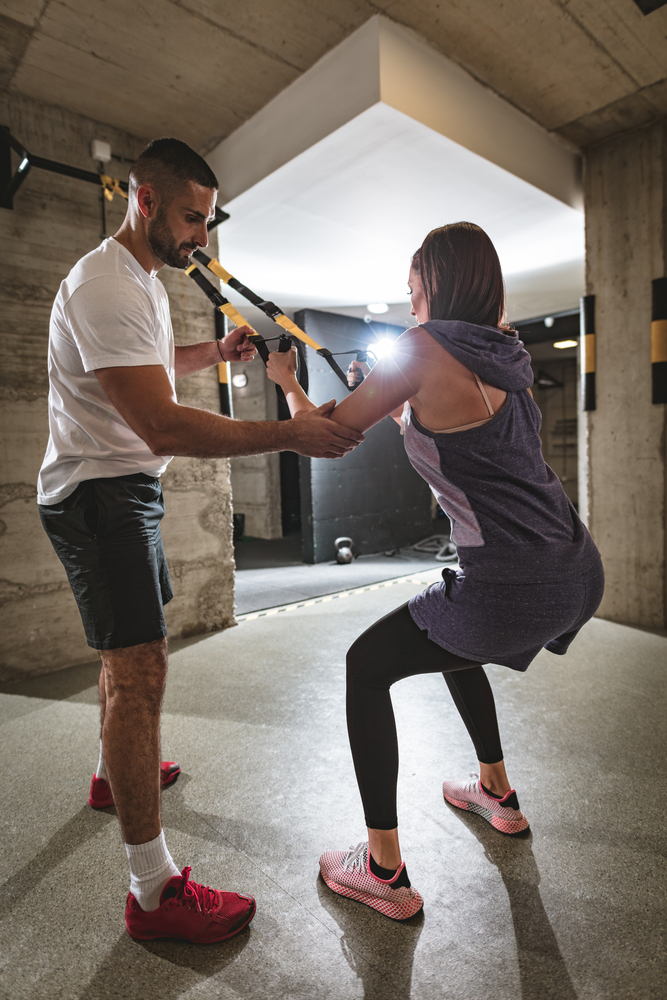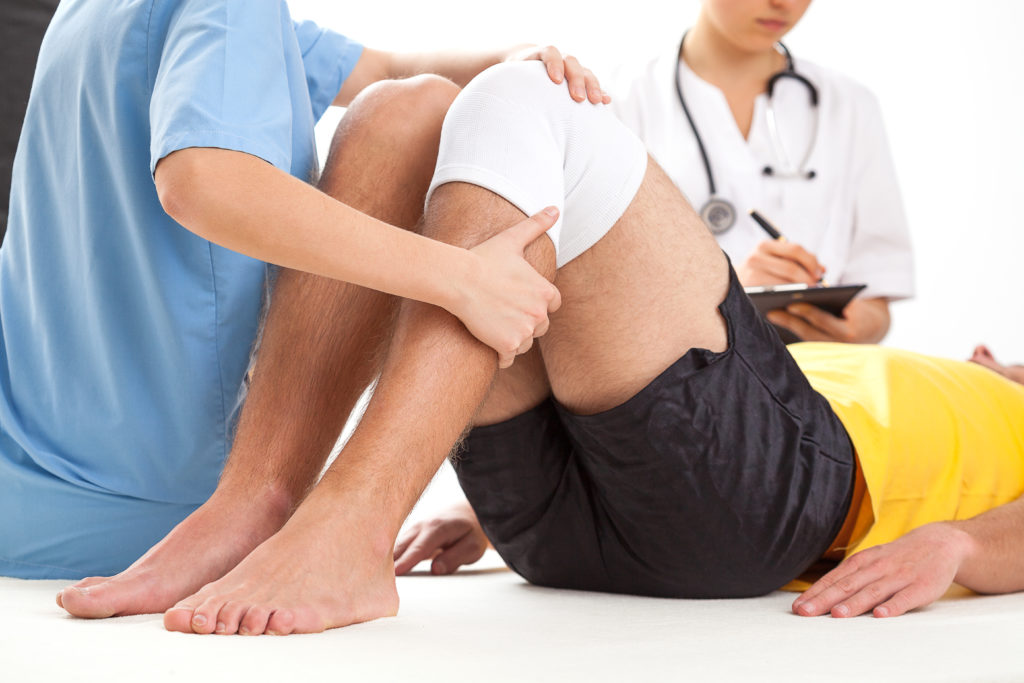
Our team at Health And Wellness Clinic offers exercise rehabilitation and chiropractic adjustments for clients who struggle with pain. Restoring better movement to the body is the ultimate goal of any kind of rehab or chiropractic. Reducing pain symptoms and helping patients avoid invasive surgery can also be accomplished.
Even though both of these treatment options can be used to treat similar injuries or ailgmnets, there are some differences between the two. In this blog, we will share some of the similarities between the two therapies, while also sharing how they differ. This can help patients determine what practice will be best for their current life situation.
Similarities
Knowing the similarities between these two natural healing options can help you make an informed decision about your body. The similarities between chiropractic and exercise rehab include more than just the ones listed below, but these are some of the most prominent.
Patient Focused
Exercise and chiropractic adjustment are both focused on the goals of the patient. Each individual will have their own personal goals for their body. Chiropractors take into account your past health conditions, your current lifestyle, and activities that you want to be able to do. Limiting pain and helping patients meet their goals is the biggest goals of exercise rehab and chiropractic.
Gives Your Body More Functionality
Working to give patients more mobility, prevent injury, and help athletes improve their performance. Chiropractic works to create proper spinal alignment so that your brain can communicate with your nervous system. Exercise rehab focuses building strength and improving flexibility. Restoring normal bodily function can be done with chiropractic or exercise rehab.

Less Invasive Than Other Treatment Methods
Avoiding surgery or strong medications is important to patients who seek these treatments. Eliminating pain and discomfort with noninvasive techniques that help to naturally heal your body. Whether you just want to avoid the side effects of of surgery or want to keep playing a sport you love, natural healing is the best option.
Training Is Required To Perform These Treatments
Those who practice chiropractic or exercise rehab need to go through training and schooling in order to perform these processes safely. Chiropractors and rehabilitation specialists will learn about bodily anatomy in order to provide patients with knowledge on how to protect themselves. Training will also teach these specialists what muscle groups to work, how to avoid injury, and the best stretches for flexibility.
Differences
Even though there are similarities, the differences between the two therapies make one option better than the other for specific patients. Those who are not candidates for surgery or who have not been injuried may gravitate towards exercise rehab.
Bodily Focus
Chiropractic focuses on the spine and nervous system, exercise rehabilitation focuses on the musculoskeletal system like the joints, muscles, and tendons. Chiropractors focus on improving the overall health of the patient so that daily function is improved. Exercise rehab will work on improving certain muscle groups for highly specific physical needs.
Manual Treatments Or Physical Exercises
Chiropractors use their hands or other machines to do manual adjustments on the body. The patient doesn’t do much work at a chiropractic appointment. Wheras, during exercise rehabilitation the patient is taught or told to do exercises and stretches to improve strength.
Specializations
Both therapies have specializations that help patients of certain ages or injuries. Chiropractic specializations include pediatric chiropractic, sports chiropractic, and chiropractic neuropathy.

Exercise rehabilitation includes specializations of orthopedic rehabilitation, sports rehabilitation, or post-surgical rehabilitation.
Frequency Of Appointments
Typical chiropractic patients have appointments weekly at the start of their treatment. Depending on the severity of their pain, the appointment frequency may start to taper off. Exercise rehabilitation works to build stamina overtime, so frequent appointments can be necessary, but the treatment process is more long term.
Can Exercise Rehab And Chiropractic Be Used Simultaneously?
Many athletes, those with back problems, or individuals who have been in a car accident will combine the resources of exercise rehab and chiropractic. Using both of these therapy’s at the same time will help a patient have less pain while also building up muscle strength. This can help the body avoid injury in the future.
Chiropractors often recommend stretches and other physical exercise to their patients. Working with a trainer during exercise rehabilitation and a chiropractor outside of the gym can help you have more well-rounded health.


